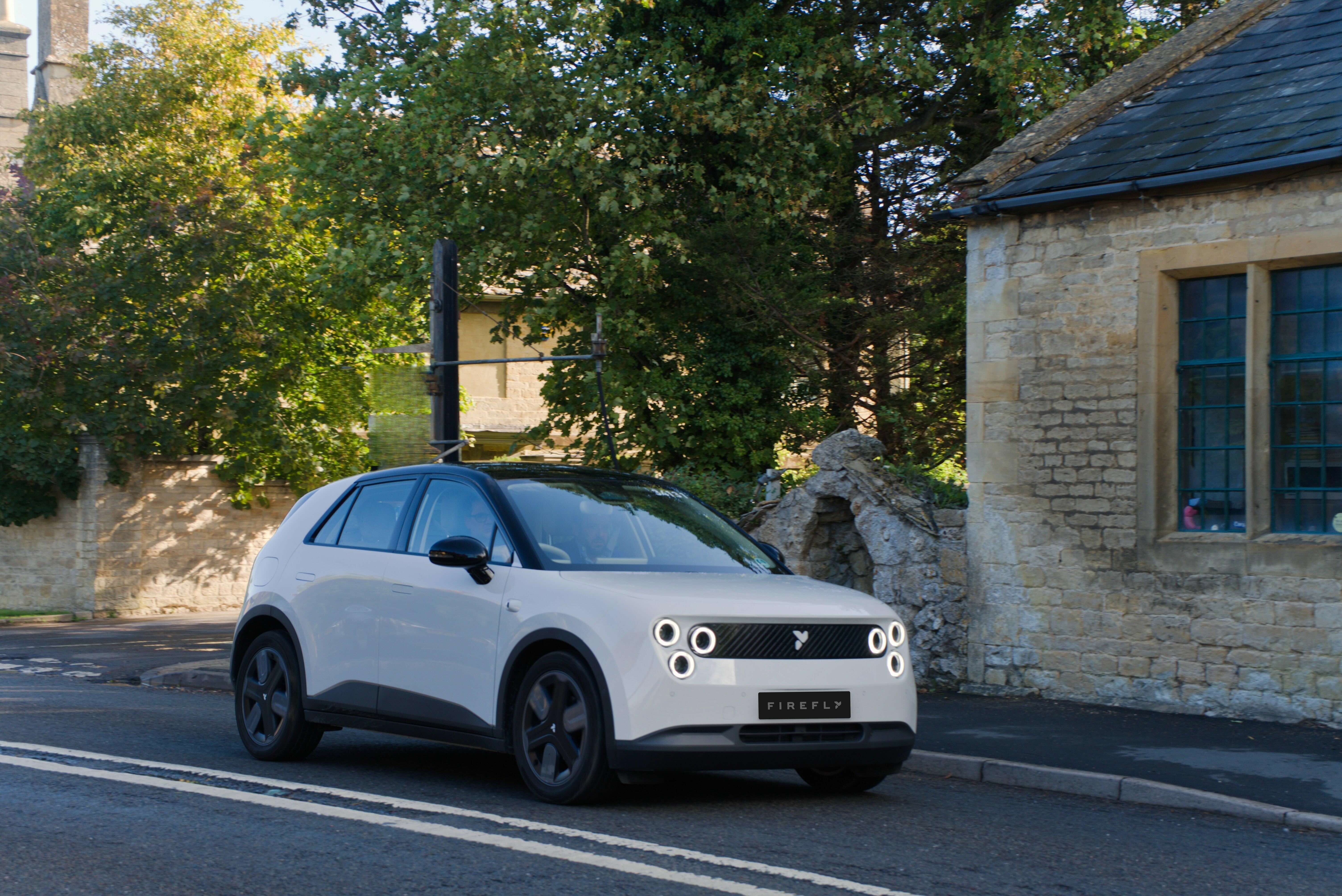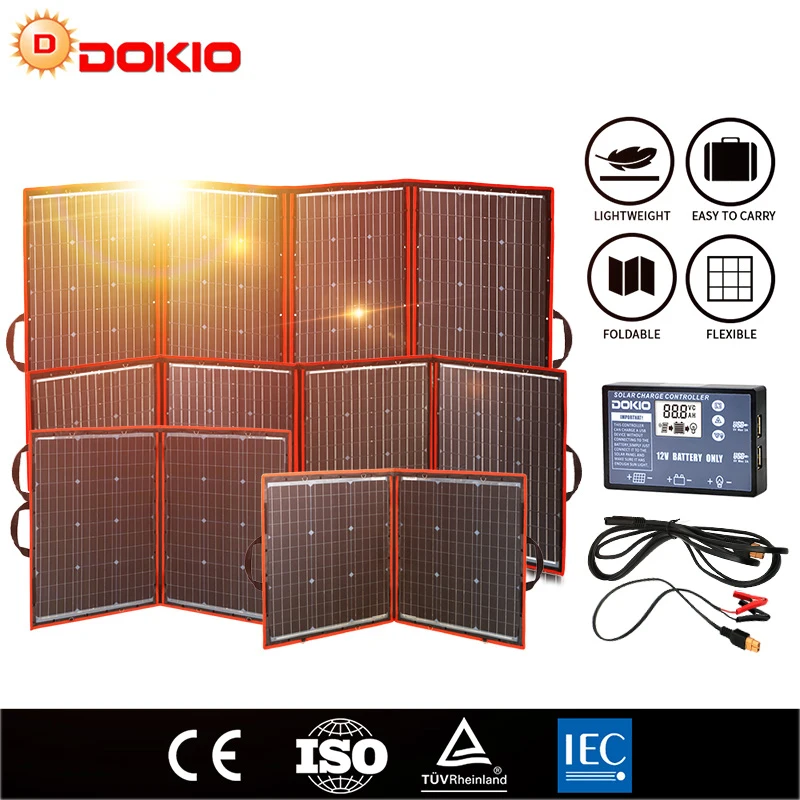Last year I wrote an article about CATL’s goal of introducing NCM 811 battery cells in 2019, but unfortunately the company wasn’t ready to make that information public and I had to make that article private just a few hours after releasing it.
However, it’s now public, CATL has just announced that it has created a battery cell sample with an energy density of 304 Wh/kg, which represents a major improvement from NCM 523 battery cells that have been used by CATL since 2017.
CATL’s NCM 523 battery cells (available since 2017):
- Prismatic format: 235 Wh/kg and 570 Wh/L
- Pouch format: 250 Wh/kg and 530 Wh/L
CATL’s NCM 811 battery cells with impressive energy density:
- Prismatic format: 270 Wh/kg and 660 Wh/L
- Pouch format: 300 Wh/kg and 700 Wh/L

For example the electric car BMW i3 uses 120 Ah prismatic battery cells from Samsung SDI with an estimated energy density of 449 Wh/L, which means that the BMW i3 could have a 62,3 kWh battery pack from CATL with the same size.
However, it’s the pouch format that’s more popular and used by electric cars such as the Renault ZOE or the Nissan LEAF. For example the LG Chem pouch battery cells used in the Renault ZOE have an energy density of 505 Wh/L, which means that it could get a 59,3 kWh battery pack from CATL with the same size. Furthermore, the Nissan LEAF could get a 56,6 kWh battery pack from CATL with the same size.
Below we can see what’s next on the roadmap.
As we can see, there will be two generations of NCM 811 battery cells.
While the first generation NCM 811 battery cells will have common anodes made with graphite, the second generation will get anodes made with graphite mixed with a bit of silicon to increase energy density. The battery cell sample with an energy density of 304 Wh/kg belongs to the second generation - and is probably still a year away from mass production.
However, the first generation is ready and there are already at least two electric cars confirmed to get it in the coming months. They are the upcoming Chinese electric cars NIO ES6 and the GAC Aion S.

Anyway, considering that the PEUGEOT e-208, DS 3 CROSSBACK E-Tense, Opel e-Corsa and the Volkswagen ID 3 (Neo) will have battery packs made with CATL cells, they might be the first European electric cars to get NCM 811 battery cells.
In the case of the PSA electric cars we already know that the 50 kWh battery packs will be liquid cooled and be able to fast charge from 0 to 80 percent in 30 minutes - at 100 kW DC fast chargers.
The other contestant is the Mercedes-Benz EQC, which is expected to get NCM 811 battery cells from SK Innovation later this year.
More info:
http://www.chinadaily.com.cn/a/201903/20/WS5c921ba0a3104842260b1a79.html





